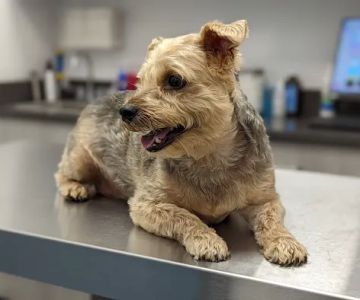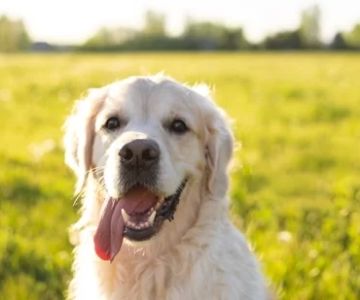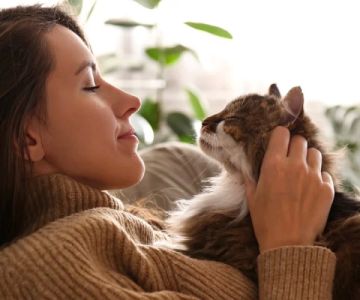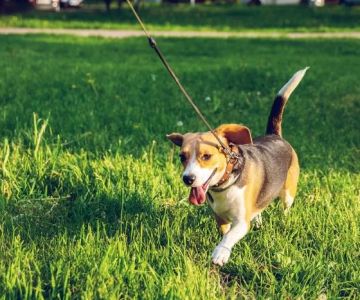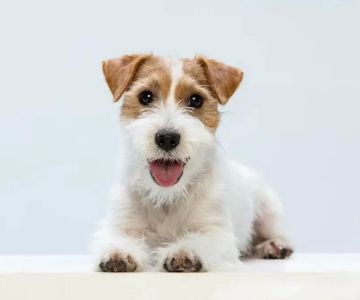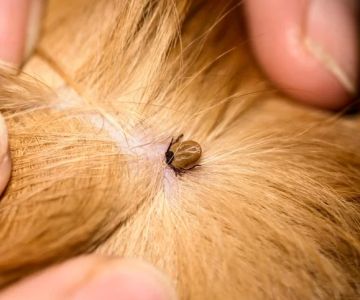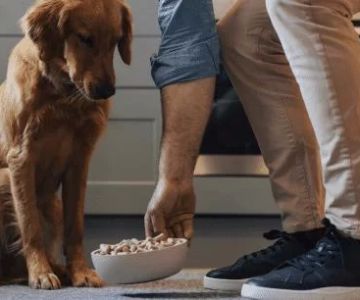- Why Grooming Is Important for Long-Haired Dogs
- Tools You'll Need for Grooming Long-Haired Dogs
- Brushing Techniques for Long-Haired Dogs
- Bathing and Drying Your Long-Haired Dog
- Common Grooming Mistakes to Avoid
- How Often Should You Groom Your Long-Haired Dog?
- Health Benefits of Regular Grooming for Long-Haired Dogs
Why Grooming Is Important for Long-Haired Dogs
Long-haired dogs are undeniably beautiful, but they also come with their own unique grooming challenges. While their luscious coats are a signature trait, they can easily become tangled, matted, or dirty if not properly maintained. Regular grooming is crucial to keeping your dog’s coat in top condition and ensuring they stay healthy and comfortable. Without proper grooming, a long-haired dog’s coat can quickly become a source of irritation, leading to painful mats and tangles that can even cause skin infections if left unchecked.
In addition to keeping your dog’s coat looking beautiful, grooming helps prevent health problems such as flea infestations, infections, and excessive shedding. Grooming also provides an opportunity to check for any abnormalities in your dog’s skin, like bumps or irritations, which could indicate underlying health issues. For long-haired dogs, grooming is an essential part of overall health care that should not be overlooked.
Tools You'll Need for Grooming Long-Haired Dogs
To effectively groom long-haired dogs, you'll need the right tools. Using the correct grooming tools is key to ensuring your dog’s coat remains tangle-free and healthy. Below are the essential tools you'll need for grooming:
1. Slicker Brush
A slicker brush is one of the most important tools for long-haired dog grooming. Its fine, short wires help remove tangles, mats, and loose hair without irritating the skin. Regular use of a slicker brush can help prevent matting and keep your dog’s coat smooth and shiny.
2. Wide-Toothed Comb
A wide-toothed comb is perfect for detangling longer hair. Use it to gently comb through your dog’s coat after using a slicker brush, focusing on areas where mats or tangles may have formed. A wide-toothed comb is also useful for separating clumps of fur before brushing them out.
3. Dog Shampoo and Conditioner
Choosing the right shampoo and conditioner for your long-haired dog’s coat is essential. Opt for products that are designed for dogs, as human shampoos can be too harsh on their skin. Look for shampoos that hydrate and nourish the coat, leaving it soft and manageable.
4. Nail Clippers and Paw Care Tools
Regular nail trimming is an important part of grooming, especially for long-haired dogs that might be prone to overgrown nails. Nail clippers and paw care tools will help ensure your dog’s feet are comfortable and their nails stay at a healthy length.
5. Hair Dryer (Optional)
For long-haired dogs, a high-velocity dog hair dryer can help dry their coat quickly and efficiently after bathing. This is especially helpful for dogs with thick coats or those that get easily cold. Always use a dryer with adjustable settings to avoid overheating or discomfort for your dog.
Brushing Techniques for Long-Haired Dogs
Brushing is a fundamental part of grooming for long-haired dogs. It helps keep the coat free of mats, tangles, and loose hair, while also distributing natural oils throughout the fur to maintain its shine. Here’s how to brush your long-haired dog properly:
1. Start Slowly and Gently
Long-haired dogs can be sensitive to brushing, especially if their coat has become matted. Begin by gently brushing small sections of their coat to avoid pulling on any knots. Starting from the ends of the hair and working your way up toward the roots can help reduce discomfort for your dog.
2. Use Short, Controlled Strokes
Instead of trying to brush large sections of hair at once, use short, controlled strokes to work through tangles and mats. Be patient, as it may take a little longer to get through the coat of a long-haired dog. Regular brushing will make the process easier over time, as your dog’s coat will be less likely to tangle.
3. Pay Attention to Problem Areas
Some areas of your dog’s body, like the ears, tail, and underarms, are more prone to matting. Pay extra attention to these areas during grooming and use a wide-toothed comb to help gently detangle any knots that may have formed. Consider using detangling sprays or conditioners to help ease the process.
Bathing and Drying Your Long-Haired Dog
Bathing your long-haired dog is another important part of grooming. Bathing helps remove dirt, oil, and debris from their coat, keeping it clean and healthy. However, long-haired dogs require extra care during bath time to prevent tangling and matting:
1. Regular Bathing Schedule
Long-haired dogs typically need to be bathed every 4-6 weeks, depending on their activity level and coat condition. Bathing too frequently can strip their skin of natural oils, while infrequent bathing can lead to a build-up of dirt and oils. Follow a balanced bathing schedule to maintain healthy skin and fur.
2. Proper Drying Techniques
After bathing, carefully dry your dog’s coat using a towel to remove excess water. Avoid rubbing vigorously, as this can cause tangling. If you use a hairdryer, set it on a low, cool setting and dry the coat gently to prevent overheating. Ensure your dog is completely dry before brushing their coat to avoid mats forming.
Common Grooming Mistakes to Avoid
While grooming long-haired dogs is essential, there are common mistakes that can hinder the process or cause discomfort for your pet. Here are a few grooming pitfalls to avoid:
1. Skipping Regular Brushing
One of the most common mistakes pet owners make is neglecting to brush their long-haired dog regularly. Mats and tangles can form quickly if left unchecked, and they can be painful for your dog to endure. Brush your dog’s coat at least 2-3 times a week to keep it free from knots.
2. Over-Bathing
Frequent bathing can strip the natural oils from your dog’s skin, leading to dryness and irritation. Stick to a bathing schedule and only wash your dog when necessary to avoid damaging their coat and skin.
3. Not Checking for Skin Issues
During grooming, be sure to check your dog’s skin for any signs of irritation, bumps, or redness. Long-haired dogs can be prone to hot spots or skin infections, so addressing any issues early is crucial to maintaining their health.
How Often Should You Groom Your Long-Haired Dog?
The frequency of grooming depends on your dog’s coat type and lifestyle. In general, long-haired dogs should be brushed several times a week to prevent matting, and they should be bathed every 4-6 weeks. Regular grooming ensures that your dog’s coat stays healthy, shiny, and free from tangles.
Health Benefits of Regular Grooming for Long-Haired Dogs
Aside from the aesthetic benefits, grooming has several health advantages for long-haired dogs. Regular grooming helps:
- Promote better blood circulation and skin health.
- Prevent skin infections by reducing dirt, bacteria, and debris trapped in the fur.
- Detect early signs of health problems such as lumps, irritations, or parasites.
- Reduce shedding and maintain a neat home environment.
By keeping up with regular grooming, you can ensure your long-haired dog stays comfortable, happy, and healthy. For tips on the best grooming products, be sure to visit [Hidden Brook Veterinary] for expert recommendations tailored to your pet’s needs.


